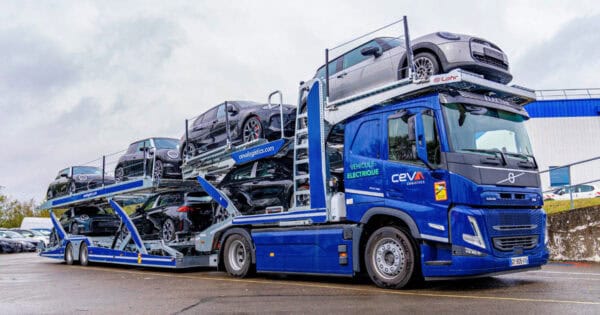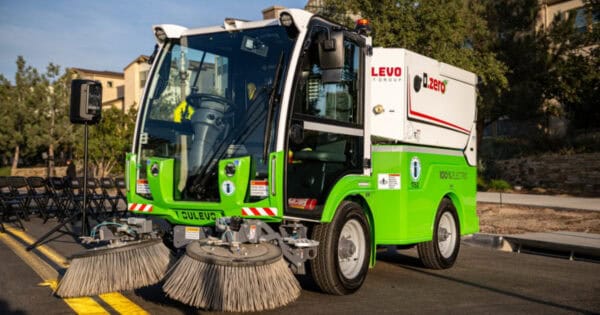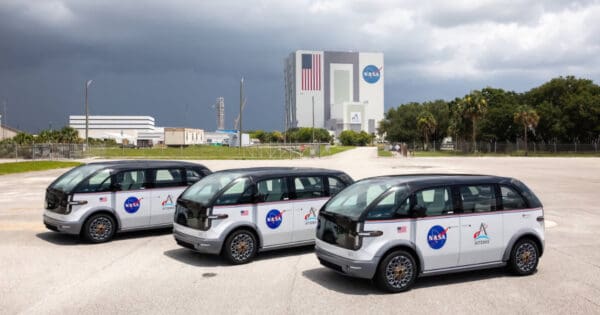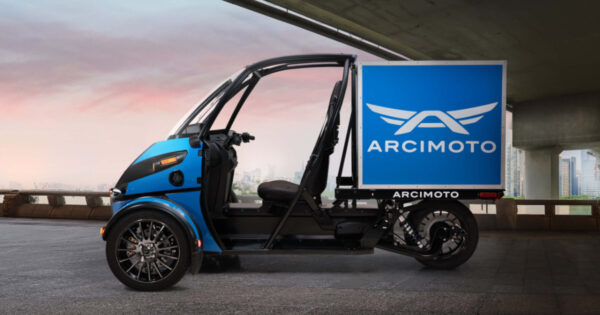The future of transport is steadily becoming electrified, and commercial vehicles are no exception. With the dual urgency of reducing greenhouse gas emissions and improving air quality in cities, the adoption of commercial electric vehicles (EVs) is gathering pace. This article aims to serve as a comprehensive beginner’s guide to understanding commercial EVs: what they are, their benefits and drawbacks, battery technology, charging infrastructure, maintenance requirements, cost considerations, and more.
Table of Contents
Understanding Commercial Electric Vehicles
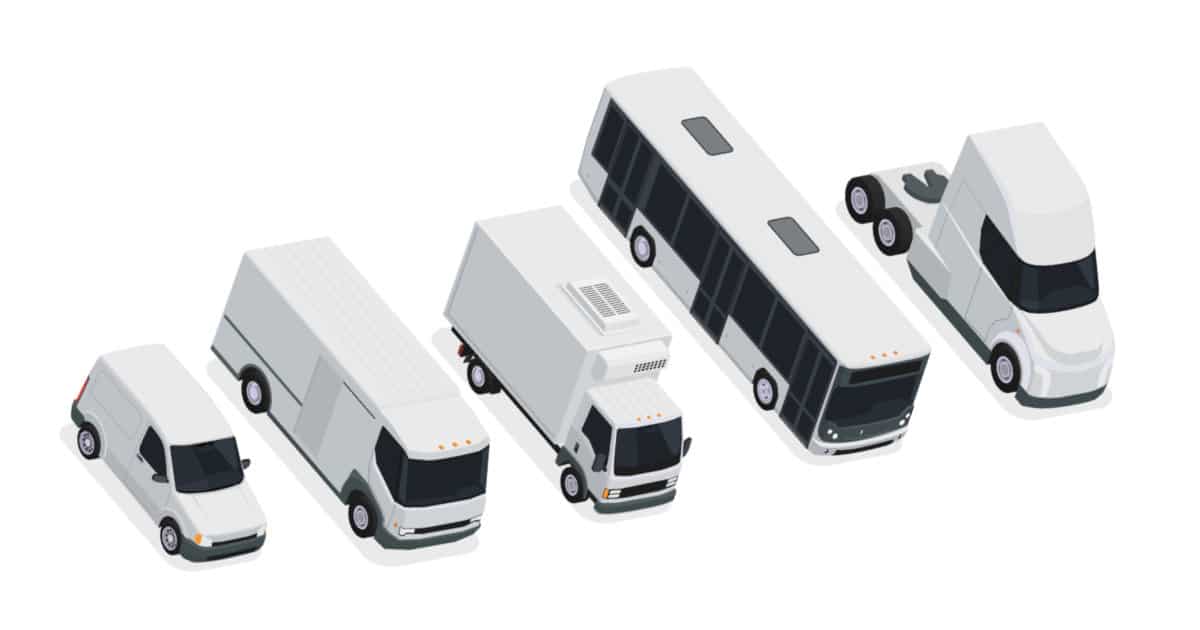
Definition of Commercial Electric Vehicles
Commercial EVs are vehicles designed for transporting goods or passengers that run on electricity instead of traditional fossil fuels. The fundamental principle that enables these vehicles to operate is the electric motor. This motor converts electrical energy stored in the vehicle’s battery into mechanical energy, propelling the vehicle forward.
Types of Commercial Electric Vehicles
There’s a wide range of commercial EVs available today, including delivery vans, shuttle buses, semi-trucks, and even heavy-duty construction vehicles. Some well-known examples include the Tesla Semi, Mercedes-Benz eSprinter, and the BYD e6 electric taxi. The choice of vehicle will depend on specific business needs, such as the range required and the load capacity.
Benefits of Commercial Electric Vehicles

Operational Cost Benefits
One of the main attractions of commercial EVs is the potential for lower operational costs. Electricity is typically cheaper than diesel or petrol, leading to significant fuel cost savings over the lifetime of the vehicle. Furthermore, commercial EVs have fewer moving parts compared to their internal combustion engine counterparts, resulting in lower maintenance costs.
Sustainability and Emission Reduction
Commercial EVs are a key component in achieving sustainability targets, primarily because they produce zero tailpipe emissions. This makes them an excellent solution for improving air quality in urban areas. Moreover, they contribute to a decrease in noise pollution, an often-overlooked environmental factor.
Drawbacks and Challenges of Commercial ElectricVehicles

Range Limitations
While progress has been significant, one challenge that remains for commercial EVs is the range. On a single charge, commercial EVs often cannot travel as far as their ICE counterparts. However, for many urban and short-route applications, the ranges of current commercial EVs are sufficient.
Charging Infrastructure
The infrastructure for charging electric vehicles is still not as widespread or as efficient as traditional refueling stations. This can pose a challenge, particularly for long-haul trips. However, the situation is rapidly improving, with considerable investments being made in expanding and upgrading charging infrastructure globally.
Higher Initial Costs
The upfront cost of commercial EVs is often higher than that of comparable internal combustion engine vehicles. This is largely due to the cost of batteries. However, the total cost of ownership, when considering fuel and maintenance savings, often tilts in favor of electric options over time.
Understanding Battery Technology and Lifespan
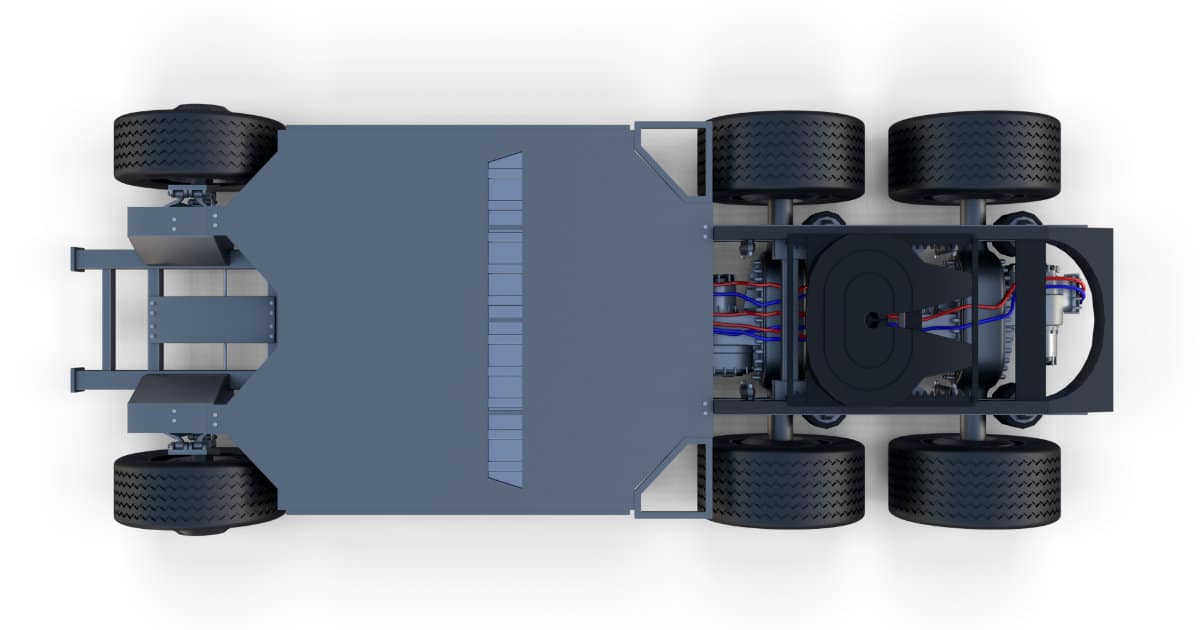
Types of Batteries Used
The majority of commercial EVs use lithium-ion batteries, valued for their high energy density and long life span. These batteries can be further categorized into various types, such as lithium iron phosphate (LFP), lithium nickel manganese cobalt oxide (NMC), and others. Each has its strengths and weaknesses in terms of energy density, safety, cost, and temperature performance.
Battery Lifespan
The lifespan of a battery in a commercial EV depends on various factors such as its chemistry, how often it is charged and discharged, and the conditions in which the vehicle operates. However, most manufacturers offer warranties of between 5 and 8 years on their batteries.
Maintenance and Servicing of Commercial Electric Vehicles
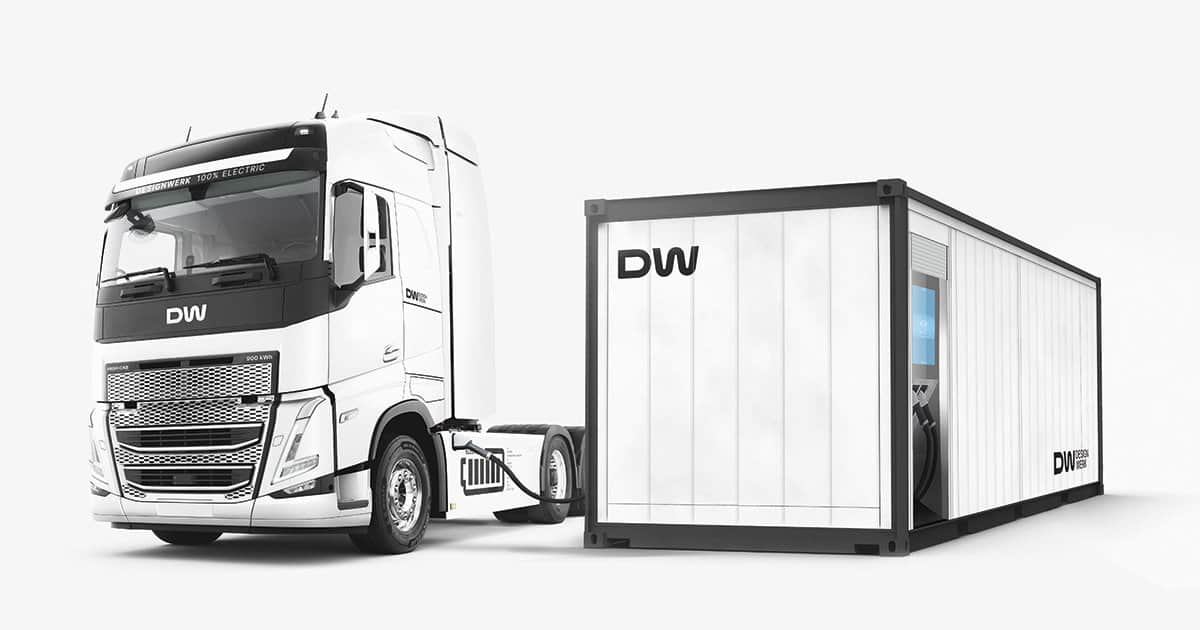
Compared to internal combustion engine vehicles, commercial EVs require less maintenance, as they have fewer moving parts and don’t require oil changes. The main components that need attention are the battery, the electric motor, and the vehicle’s software. Routine checks should include battery health checks and software updates, while the electric motor requires much less maintenance than a traditional engine.
Cost of Ownership for Commercial Electric Vehicles

The cost of owning a commercial EV involves several factors: the initial purchase price, cost of electricity, maintenance costs, and potential battery replacement costs. While the purchase price and battery replacement cost can be high, the cost of electricity is typically lower than that of diesel or petrol, and maintenance costs are often lower as well. Over the vehicle’s life, these savings can offset the higher upfront costs.
Regulations and Incentives
Many countries and regions have regulations encouraging or even mandating the use of zero-emission vehicles for certain commercial applications. Furthermore, incentives like tax credits, grants, and low-emission zones can make the adoption of commercial EVs more appealing financially.
Environmental Impact

By producing zero tailpipe emissions, commercial EVs significantly reduce carbon emissions and other pollutants detrimental to air quality. This leads to cleaner cities and contributes to the fight against climate change.
Future Outlook and Trends in the Commercial EV Industry
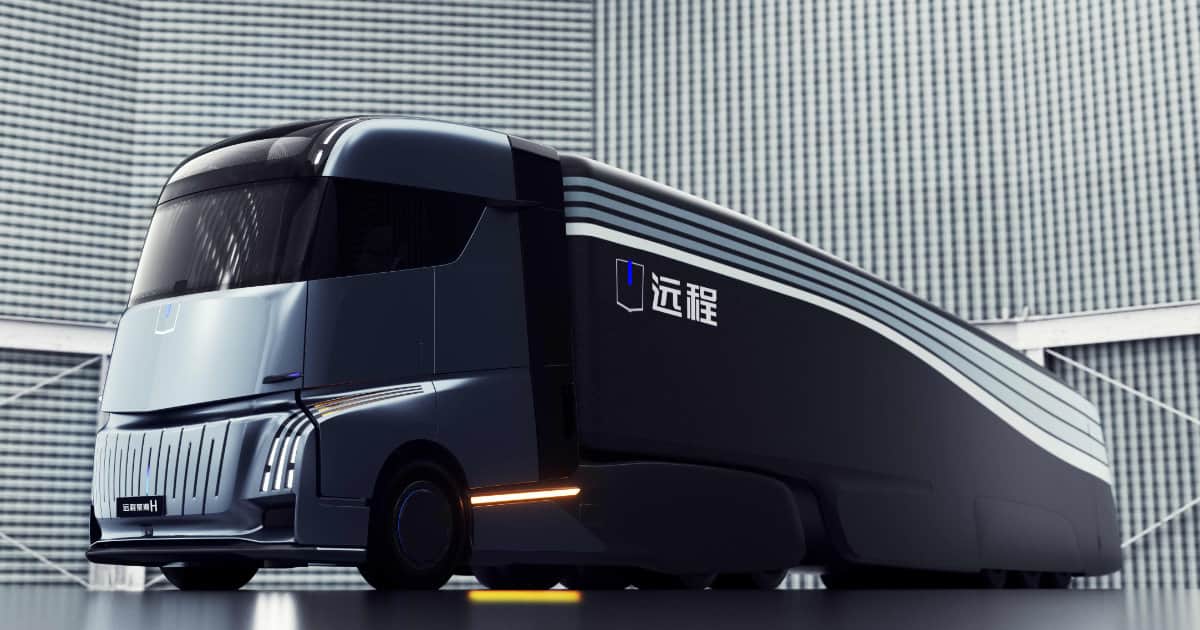
The commercial electric vehicle industry is set to grow exponentially in the coming years. Advancements in battery technology are expected to increase range and decrease costs, while investments in infrastructure promise to make charging more convenient. As society continues its shift towards sustainability, the future looks bright for commercial EVs.
The switch to commercial electric vehicles offers substantial benefits in terms of operational costs and environmental impact. While there are still challenges to overcome, particularly around range and charging infrastructure, the rapid pace of development in these areas suggests that commercial EVs will play a crucial role in the future of transportation. As technology continues to advance and as more companies recognize the benefits, the adoption of commercial EVs will continue to accelerate.
Frequently Asked Questions About Commercial Electric Vehicles
There are a wide variety of Commercial Electric Vehicles available in the market today, ranging from delivery vans and shuttle buses to semi-trucks and heavy-duty construction vehicles. Some well-known models include the Tesla Semi, the Mercedes-Benz eSprinter, and the BYD e6 electric taxi. The specific type of vehicle needed would depend on the business requirements such as load capacity and range.
The primary advantages of using commercial electric vehicles include lower operational costs and a significant reduction in emissions. As electricity is generally cheaper than diesel or petrol, fuel cost savings over the vehicle’s lifetime can be substantial. Additionally, commercial EVs produce zero tailpipe emissions, contributing to improved air quality, especially in urban areas.
Some challenges associated with commercial electric vehicles include limited range, charging infrastructure, and higher initial costs. On a single charge, commercial EVs may not travel as far as their traditional counterparts. The charging infrastructure, while rapidly improving, is not as widespread or efficient as traditional refueling stations. Lastly, the upfront cost of these vehicles, primarily due to the cost of batteries, is often higher than that of comparable traditional vehicles.
Maintenance for Commercial Electric Vehicles is generally simpler and less frequent than for vehicles with internal combustion engines. The main components needing attention are the battery, the electric motor, and the vehicle’s software. Routine maintenance often includes battery health checks, software updates, and general system diagnostics. They do not require oil changes, and because they have fewer moving parts, there’s less wear and tear overall.
Commercial Electric Vehicles In The News
- BMW and CEVA Logistics Revolutionize Car Transport with Electric Carriers in ParisBMW and CEVA Logistics test an electric car carrier in Paris, aiming for reduced carbon footprints in vehicle distribution.
- Introducing Evie, Irvine’s First Electric Street SweeperIrvine’s new Dulevo D-Zero Plus electric sweeper enhances urban cleanliness while cutting carbon emissions.
- Canoo’s Electric Fleet: The Green Gateway to NASA’s Artemis MissionsExplore how Canoo’s eco-friendly Crew Transportation Vehicles are gearing up to transport Artemis lunar mission astronauts at NASA’s Kennedy Space Center.
- BYD-Alexander Dennis Delivers First Electric Bee Network Buses to ManchesterAlexander Dennis introduces 100 electric buses to Greater Manchester, boosting the UK’s green mobility.
- Rivian Brings First Amazon EV Delivery Vans To EuropeRivian begins commercial deliveries in Europe with over 300 Amazon electric vans, marking a major milestone in global EV expansion.
- BYD-Alexander Dennis Delivers Sheffield’s First Electric BusAlexander Dennis, BYD UK to deliver Sheffield’s first zero-emission electric buses, heralding a sustainable future for public transport.
- Einride and UAE Launch Biggest Autonomous Electric Fleet in the RegionSwedish freight company, Einride, partners with UAE Government to launch a sustainable, electric freight solution in the Falcon Rise grid.
- Arcimoto Launches New 3-Wheel 75 mph Electric Utility VehicleExplore Arcimoto’s new Modular Utility Vehicle (MUV) – a versatile, electric, three-wheel vehicle designed for daily industrial mobility.
- Blue Bird Launches Factory For 5,000 Annual Electric School BusesBlue Bird’s new facility boosts electric school bus production, paving the way for a greener future with over 5,000 eco-friendly buses annually.
Sources
BYD Global: Website
Nikola Motor: Website
Rivian: Website
Tesla: Website
Traton Group: Website

